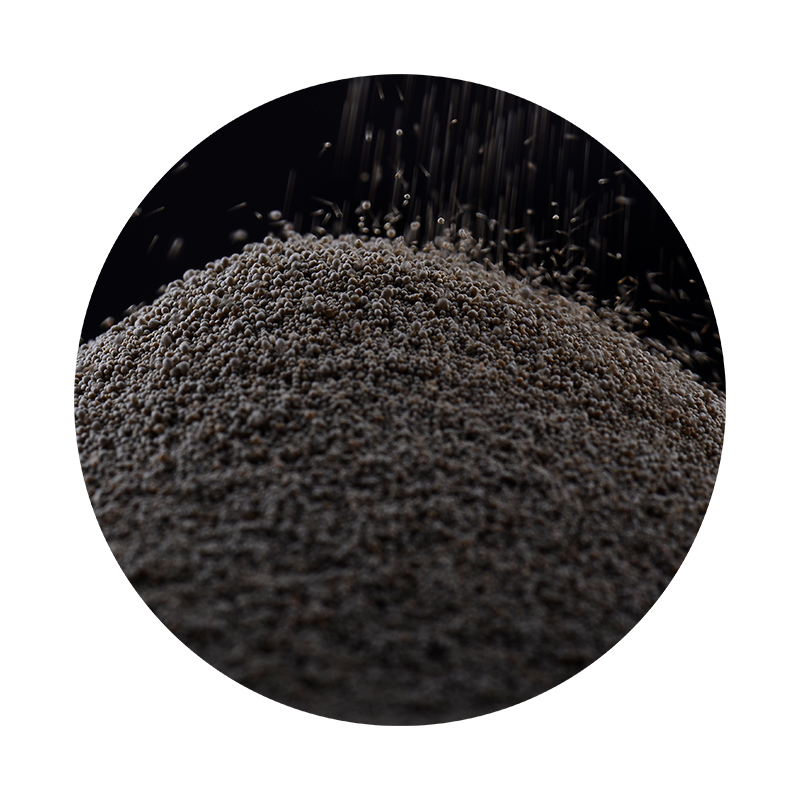Properties of Foundry Sand
Foundry sand plays a crucial role in metal casting processes, particularly in the production of various metal components and parts. Its unique properties make it indispensable for the foundry industry, allowing for the creation of high-quality molds and cores. Understanding the properties of foundry sand can help improve casting processes and the final product quality.
One of the primary characteristics of foundry sand is its composition. The most common type of foundry sand is silica sand, which is abundant and cost-effective. Silica sand usually contains a high percentage of quartz, making it durable and capable of withstanding extreme temperatures. The grains are typically angular and have a size distribution that provides excellent packing ability, reducing air voids which can lead to casting defects.
Another essential property of foundry sand is its thermal stability. During the metal casting process, the sand must maintain its integrity and strength when subjected to high temperatures. High thermal stability ensures that the molds do not deform or break down, allowing for the creation of accurate and high-quality castings. The ability to withstand thermal shock without significant changes in structure is critical for successful casting operations.
The flowability of foundry sand is also vital. Good flowability ensures that the sand can easily fill the mold, replacing any air pockets that may prevent a smooth casting surface. This property allows for better mold reproduction and accuracy in the final shape of the casted parts. Properly graded sand enhances flowability, which affects the overall efficiency of the casting process.
properties of foundry sand

Moisture control is another critical aspect of foundry sand properties. The moisture content significantly influences the performance of the sand during both the molding and the pouring processes. A proper balance of moisture helps in achieving the desired bonding between sand grains, ensuring that the mold holds its shape until the metal is poured. Excess moisture can lead to defects such as steam explosions or mold collapses during pouring, while insufficient moisture may result in poor mold compaction.
Plasticity is an important property of foundry sand as well. The ability of sand to retain its shape when mixed with binding agents makes it suitable for creating complex molds and cores. Foundry sands with appropriate plasticity can easily form intricate designs without cracking or collapsing, which is essential for high-precision castings.
Finally, the reusability of foundry sand also adds to its appeal. Used foundry sands can often be processed and reused in new molds, reducing waste and supporting sustainable practices within the industry. This property not only lowers material costs but also minimizes the environmental impact associated with sand mining and disposal.
In conclusion, the properties of foundry sand, including its composition, thermal stability, flowability, moisture control, plasticity, and reusability, are essential for successful metal casting processes. Understanding these properties allows foundry operators to optimize their production methods, ensuring high-quality castings and efficient use of resources. As the demand for metal components continues to grow, so does the importance of selecting the right foundry sand to meet industry standards.
Post time:ኅዳር . 03, 2024 15:44
Next:resin coated sand manufacturers
